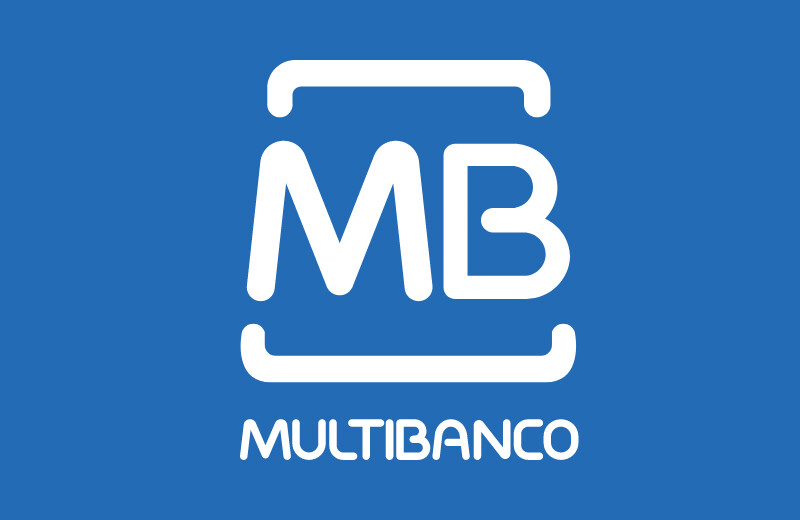
Multibanco Payment System: An In-Depth Review
In the dynamic realm of digital payments, several systems vie for attention, aiming to provide seamless, secure, and efficient transaction methods. Among these stands Multibanco, a system that has firmly established its footprint, especially within the Portuguese market. Let’s dive deep into understanding the facets, benefits, and potential challenges of the Multibanco payment system.
Understanding Multibanco’s Origins
Established in 1985, Multibanco sprouted as Portugal’s answer to the growing need for a consolidated payment system. It swiftly grew in prominence, offering not just ATM services but a plethora of other banking and payment solutions. Multibanco’s emblematic blue and yellow ATMs became a common sight across Portugal, indicating a nation’s trust in this system.
What distinguished Multibanco from many contemporaries was its adaptability. Over the years, it seamlessly integrated technological advancements, making it a favorite among both businesses and individuals.
The system’s foundation was laid with a focus on facilitating both domestic and international transactions, which gave it a broad user base right from its inception. As of today, it commands a significant portion of the Portuguese market in electronic payments.
Services and Features
Multibanco offers a vast array of services, making it more than just a conventional payment system. Users can conduct various operations like bill payments, mobile phone top-ups, and even tax payments. This versatility is one of the main reasons behind its widespread acceptance and usage.
Security is a cornerstone of Multibanco. With advanced encryption and multi-factor authentication procedures, it ensures that users’ data and money are always safeguarded. This dedication to security has played a crucial role in earning it a reputation as a reliable payment option.
Benefits for Businesses
For businesses, integrating Multibanco means accessing a wide pool of Portuguese consumers familiar with and trusting of this system. It offers real-time transaction confirmations, allowing businesses to expedite their service delivery or product dispatching processes.
Another notable advantage is the system’s seamless integration capabilities. Whether it’s a large e-commerce platform or a small local store, Multibanco can be integrated with relative ease, ensuring that businesses don’t have to grapple with cumbersome setup processes or high integration costs.
Moreover, with its comprehensive reporting and analytical tools, businesses can gain insights into their transaction patterns, helping in refining strategies and making informed decisions.

Challenges and Considerations
While Multibanco is indeed a formidable player in the payment system landscape, it isn’t devoid of challenges. One of the primary considerations is its dominance primarily in the Portuguese market. For businesses aiming for a broader European or global audience, relying solely on Multibanco might be limiting.
Also, as with any digital payment system, there’s always a risk of technical glitches or downtimes, which might disrupt business operations. Hence, it’s advisable for businesses to have backup payment systems in place.
Conclusion
In a world driven by digitalization, Multibanco stands as a testament to innovation, reliability, and adaptability. It encapsulates the essence of a robust payment system, continually evolving to meet the demands of its vast user base. While there are challenges, its merits undoubtedly make it a worthy contender in the global payment system arena.
